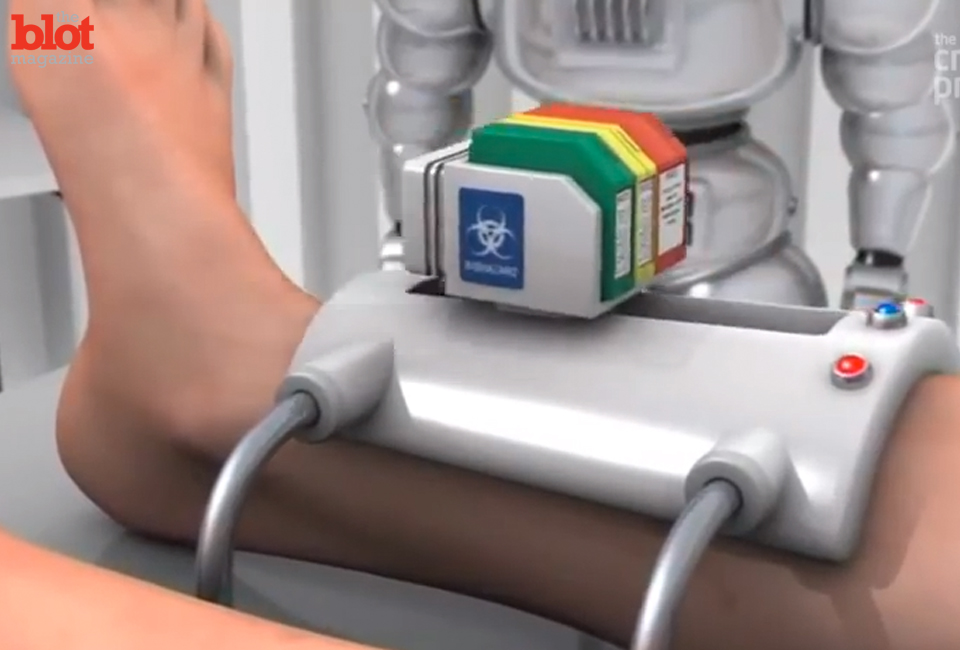
In developing communities around the planet, basic services that many of us take for granted are severely lacking. Need a spare part for a heater, a car or a water pump? Tough luck. Would the right-sized Allen key help get a simple job done? Too bad. When you’re in a technical jam, it’s great if you can just pop on down to your local hardware store … but that becomes incredibly problematic when your local hardware store is 300 miles away.
Now enter 3-D printing (additive manufacturing), plus an increase in global mobile Internet access, and all that entails …
3-D printers (and the appropriate 3-D scans) have the potential to give isolated, underserved communities the power to print something as basic as a hammer or as complex as a house or an artificial human limb. Talk about progress.
Brendan Dunphy, an expert in digital technologies and the developing world, and the co-founder of Africaiq.org, a non-profit organization providing free business intelligence for people investing in different parts of Africa, is a huge fan of the potential of 3-D printing. He believes this technology will “enable the local production of spare parts close to the point of need, alleviating many of the challenges currently faced due to the absence of such parts, or the high costs and delays associated with importing them.”
Nettlesome problems like official and unofficial tariffs, theft and an absence of the basic infrastructure (no roads, warehouses, etc.) needed to distribute goods can now be overcome with 3-D printers that are locally run and maintained.
According to Dunphy, traditional manufacturing companies have “little skin in the game” right now as far as providing spare parts for the developing world goes. Where present, traditional parts manufacturers will “have to be integrated into the 3-D value chain.” Otherwise they’ll just get in the way.
When it comes to patent protection and copyright affecting the ownership and use of 3-D scans, “gray” areas already exist. Some kind of battle (how fervent remains to be seen) could ensue — possibly through the courts — in an attempt to quell the proliferation of unofficial 3-D printed spare parts that arrive well ahead of their official versions. If you live in a remote spot and need a widget to get an engine working in order to run a business or provide an important service, would you really care if the part you’re using has the manufacturer’s stamp of approval or not?
Medicine, quality spare parts (instead of cheap and often dangerous or unhealthy imported knockoffs) and other vital resources could soon become available to developing communities limping by without out the material goods they need in order to get their respective economies growing. With mobile Internet and the falling costs of 3-D printing, smaller, struggling economies now have (or hopefully soon will have) a valuable tool that can help bring prosperity and development on a local level, built from the ground up.
Carl Pettit is a contributing journalist for TheBlot Magazine.





